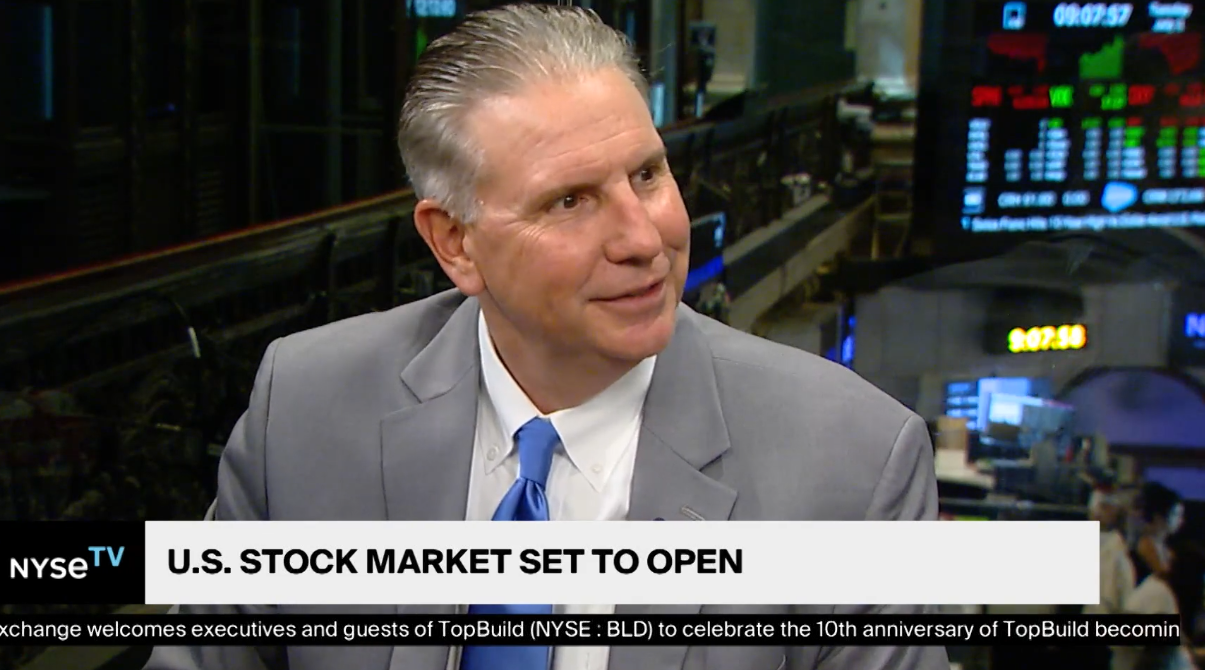
Last Week’s Markets in Review: Equities Move Higher as Fed Hints at Slowing

Global equity markets finished higher for the week. In the U.S., the S&P 500 Index closed the week at a level of 3,753, representing an increase of 4.75%, while the Russell Midcap Index moved 1.68% higher last week. Meanwhile, the Russell 2000 Index, a measure of the Nation’s smallest publicly traded firms, returned 3.57% over the week. As developed, international equity performance and emerging markets were higher returning 0.55% and 0.21%, respectively. Finally, the 10-year U.S. Treasury yield moved higher, closing the week at 4.22%.
After a few weeks of intense economic data releases, the past week was relatively calm. The headlines were made by corporate earnings for the third quarter of this year, as well as announcements that focused on the current status of the housing market. Lastly, in the absence of more meaningful employment data, weekly jobless claims were given a great deal of interest. The robust employment market has been a key determinant in the Fed’s hawkish stance. Surprisingly, the quiet news flow translated into a very choppy week for the markets. Overall the equity markets ended the week with a positive move higher, as certain members of the Fed suggested that perhaps the magnitude of interest rate hikes may soon start to come down, but the overall path during the week can only be described as volatile.
As of October 21, FactSet is reporting that 20% of the S&P 500 companies have reported 3rd quarter earnings results. Of the reporting companies, 72% have reported a positive earnings per share (EPS) surprise. In aggregate, companies have outperformed consensus estimates by 2.3% thus far. Both of the results stated above are below the 5-year averages for EPS. 70% of the reporting S&P companies have reported actual revenues above estimates, which is above the 5-year average of 69%. With a large percentage of corporations still to report, we will continue to analyze the progress of corporations in this challenging environment. Market participants viewed the results of the reporting companies as favorable.
On Thursday, the National Association of Realtors (NAR) reported sales of previously owned homes fell 1.5% in September to an adjusted annual rate of 4.71 million units. Sharply higher mortgage rates are causing an abrupt slowdown in the housing market. Thus far the abrupt slowdown in sales has not reduced the median price of existing homes sold. However, these numbers are generally lagging. In September the median price was $384,800, representing an increase of 8.4% from the prior September.
The Labor Department reported that initial claims for state unemployment benefits fell to a seasonally adjusted 214,000 for the week ended Oct. 15. This was well below the consensus estimate of 230,000. The market perceived this report as an indication that the labor market remains tight even as demand for labor is cooling amid higher interest rates.
Finally, in the biggest news of the week, an article entitled, “Fed Set to Raise Rates by 0.75 Point and Debate Size of Future Hikes” published in the Wall Street Journal on Friday stated that, “Federal Reserve officials are barreling toward another interest-rate rise of 0.75 percentage point at their meeting Nov. 1-2 and are likely to debate then whether and how to signal plans to approve a smaller increase in December.” Such a move by the Federal Reserve in December, in our opinion, would suggest that peak hawkishness, and perhaps peak inflation by extension, has been reached, and perhaps push stocks higher by the end of the year.
Investors should consider all the information discussed within this market update and many other factors when managing their investment portfolios. However, with so much data and so little time to digest, we encourage investors to work with experienced financial professionals to help process all this information to build and manage the asset allocations within their portfolios consistent with their objectives, timeframe, and tolerance for risk.
Best wishes for the week ahead!
Third-quarter corporate earnings information is sourced from FactSet. The National Association of Realtors is the source for the September Housing data. Weekly Jobless Claims were sourced from the Department of Labor. Equity Market and Fixed Income returns are from JP Morgan as of 10/21/22. Rates and Economic Calendar Data from Bloomberg as of 10/21/22. International developed markets are measured by the MSCI EAFE Index, emerging markets are measured by the MSCI EM Index, and U.S. Large Caps are defined by the S&P 500 Index. Sector performance is measured using the GICS methodology.
Disclosures: Past performance does not guarantee future results. We have taken this information from sources that we believe to be reliable and accurate. Hennion and Walsh cannot guarantee the accuracy of said information and cannot be held liable. You cannot invest directly in an index. Diversification can help mitigate the risk and volatility in your portfolio but does not ensure a profit or guarantee against a loss.



